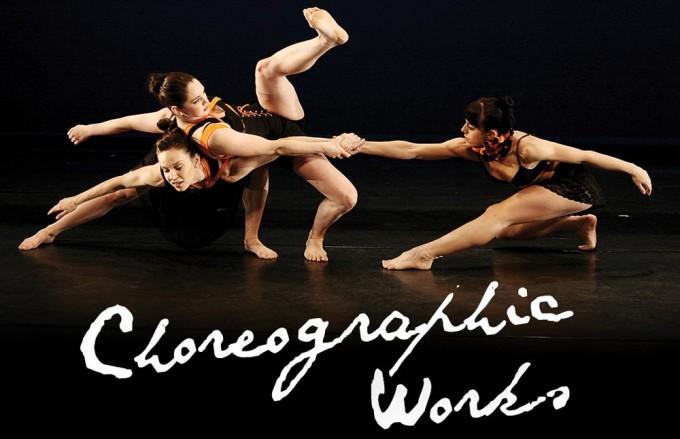In the final segment of our behind the scenes series, Andrew Kalinchuk takes a look at Ryerson’s annual dance extravaganza Choreographic Works
Backstage during Choreographic Works, a production showcasing Ryerson dance, is third-year production student Juli-Rae King.
During the show’s run, she can be seen reading The Hunger Games when she’s not sewing dancers into costumes, finding missing pieces or repairing rips and tears in fabric.
“Last night we had an incident where a girl in a ballet piece broke the zipper that went up the front of her costume,” King said. “I had to safety pin it together and hope it held.”
Before showtime, dancers warm up and production students like King make sure everything is ready and organized for the performance.
“I actually need at least an hour to warm up,” said second-year choreographer Victoria Mehaffey. “Especially when I am doing work that involves a story.”
Along with the opportunity for students to explore their art without worrying about financing, Choreographic Works is a learning experience that offers students the chance to operate in a professional environment with their peers.
“Choreographic works is about experimenting and seeing what works for us as an artist,” said Rodney Diverlus, a third-year student choreographer.
“It’s very rare for us to have a space for free, dancers for free, and rehearsal spaces that are free,” said Diverlus. “And not have to worry about money or grants and that kind of stuff.”
Pieces choreographed by students are chosen by instructors based on their quality. This year, over 120 pieces were auditioned and just over 40 were accepted. Auditions are held in early January and some students, like Diverlus, start planning their pieces as early as September.
“I start with an idea or a concept and then build upon it and cast dancers that are able to give things back to me,” Diverlus said. “During rehearsal, wherever the movement is taking me in the moment, I go there.”
But each choreographer approaches the task differently.
“I just try to think of what I am trying to say,” said Mehaffey. “If you know what that is then you should be able to embody it.”
Alysa Pires, a fourth-year student choreographer, is involved in seven pieces that made it into the show, four that she choreographed herself. The time it takes to teach a routine fluctuates based on the piece.
“The one piece, My Angels, I think I did in two or three rehearsals,” Pires said.
“Another piece that I did with Kunal Ranchod is en pointe and [it was] really technical so that one took a lot longer to do, probably eight or 10 rehearsals at two hours each.”
Once the pieces are cast and confirmed for the show, production students are assigned roles in areas like lighting, costuming, and stage managing and begin working on the show right away.
King was assigned to the role of wardrobe supervisor. Her job is to act as an advisor for choreographers and oversee the wardrobe once it’s chosen. King said she helps choreographers find pieces for their costumes by suggesting possible stores or locating specific items already owned by the theatre department.
But with little to no budget, finding the right pieces can be a challenge.
“We didn’t get all of the costumes finished until the day of opening night,” King said. “It made for an exciting first day.” Backstage, Mehaffey’s role as choreographer continues to be very active.
She offers encouragement and makes notes about her dancers’ performance. “I always kind of give them a hug before they go on and tell them I love them,” Mehaffey said. “I tell them to kill it.”










Leave a Reply